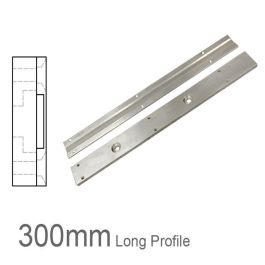2020AT4
Transgender tailgate operation specialist.
Yeah, didn’t need to be that close for general use.that's how it was done
you don't have enough concrete under it to keep it from shifting when the ground freezes
get it so it isn't rocking on its feet and call it good enough
At least until you start making centrifuge spindles or jet engines.
ETA: I forgot how many feet this thing has.
Last edited:





